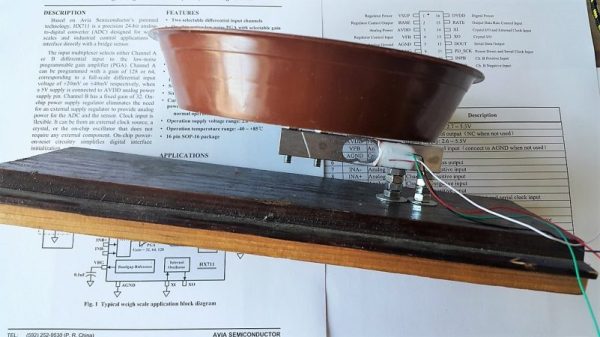An uncomfortable reality with the spacesuits used for extravehicular activities (EVA) – commonly referred to as spacewalks – is that the astronaut spends hours in them, during which normal bodily functions like urinating and defecating continue. The current EVA record at the ISS is currently a hair under nine hours, necessitating a new approach. A team of researchers have now pitched the idea of an in-suit water recovery system with an article by [Sofia Etlin] and colleagues as published in Frontiers in Space Technologies.
For the current Extravehicular Mobility Unit (EMU) EVA spacesuit the current solution is what is called the MAG: the Maximum Absorbency Garment, which is effectively a fancy adult diaper with sodium polyacrylate as absorbent for up to 2 L of fluids. It replaced the urine collection device (UCD) that was used until female astronauts joined the astronaut corps in the 1970s. Generally astronauts aim to not defecate until they finish their EVA, which leaves urinating and the related activity of rehydrating as the spacesuits only have 0.95 L of water that has to last the duration of the spacewalk. Continue reading “Using Forward- And Reverse-Osmosis To Let Astronaut EVA Suits Produce Fresh Water From Urine”



 For the hardware, [Jerry] took a small digital scale of a certain model and reused its load cell-based weighing mechanism using an HX711 amplifier, replacing the screen and adding an extra box for control electronics. With an Arduino MKR1010 as brains of the operation, the hardware’s there to log flow data, initially recorded onto the SD card, with WiFi connectivity to transfer the data to a computer for plotting; a DS3234 RTC breakout helps keep track of the time, and a custom PCB ties all of these together. All of these things are easy to put together, in no small part due to the extensive instructions provided.
For the hardware, [Jerry] took a small digital scale of a certain model and reused its load cell-based weighing mechanism using an HX711 amplifier, replacing the screen and adding an extra box for control electronics. With an Arduino MKR1010 as brains of the operation, the hardware’s there to log flow data, initially recorded onto the SD card, with WiFi connectivity to transfer the data to a computer for plotting; a DS3234 RTC breakout helps keep track of the time, and a custom PCB ties all of these together. All of these things are easy to put together, in no small part due to the extensive instructions provided.

















